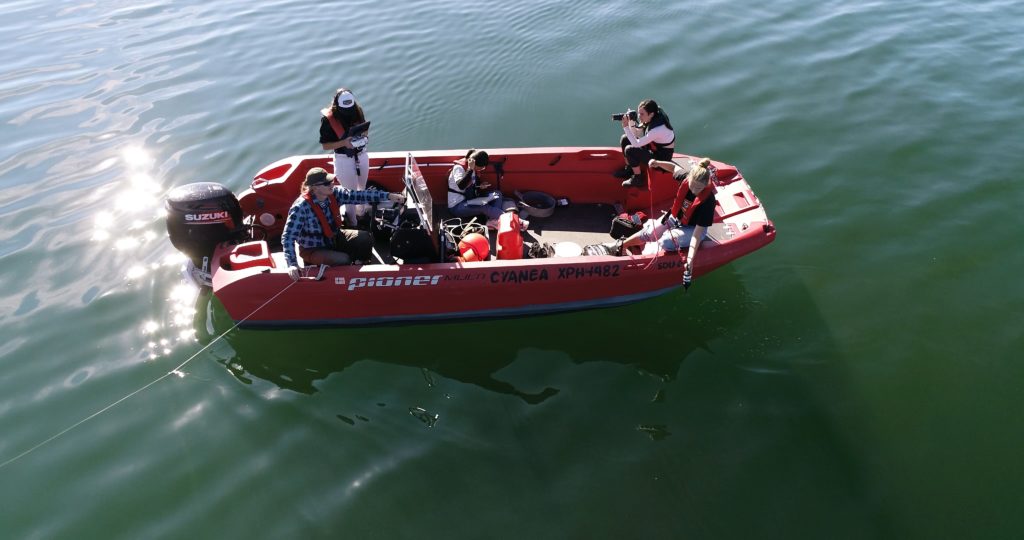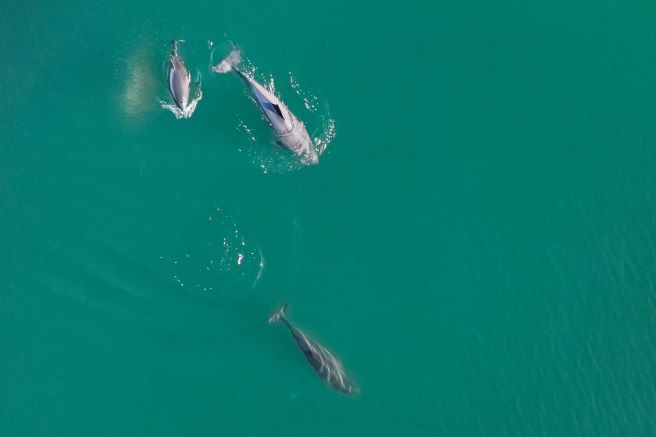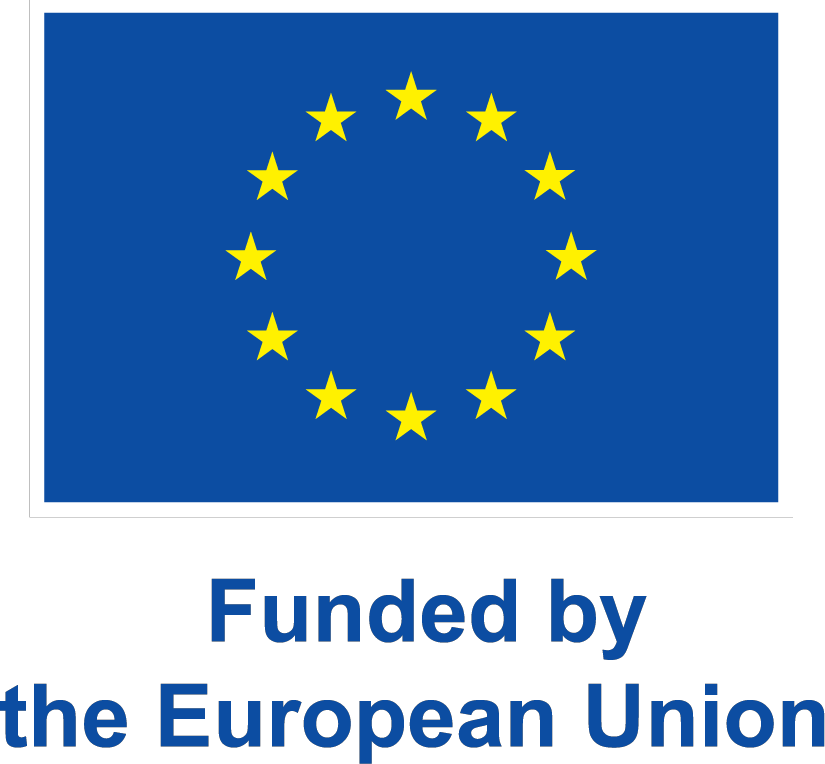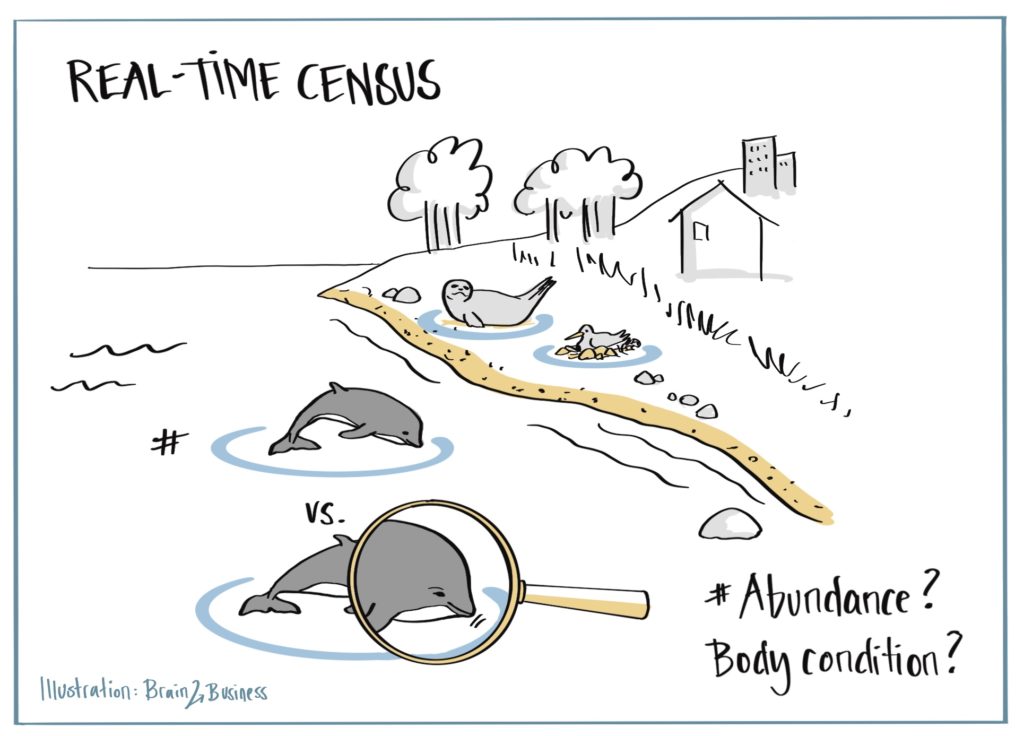Detailed Census
Drone-based Body Condition Estimates of Large Mammals in Marine and Terrestrial Environments
State of the Art
Many conservation initiatives and governmental agencies monitor the status of threatened animal populations, but their efforts are often limited to locating and counting individuals. Population sizes are often assessed manually by biologists counting animals from land, air, or boats, or rangers tracking them on foot and evaluating their health and body condition using subjective observations. Other methods such as tagging and biotelemetry usually require capturing the animal at least once, which may have significant behavioural impacts, in addition to being labour intensive and costly.
Innovations and Impact
Automation of the processing of images collected in census efforts using the novel technologies developed in WP2 and WP3. Frequent collection of data to support more detailed analysis of changes in demographics and health, focusing on large mammals, and on gathering comprehensive information both in marine and terrestrial environments.

Copyright by SDU Biology

Copyright by Colourbox

Copyright by Camille Rondeau Saint-Jean
Objectives
Applying drone photogrammetry methods ground-truthed on captive individuals or closely monitored wild populations to collect detailed information on wild large mammals with minimal disturbance. Following previously established growth curves for harbour porpoises, white rhinoceroses and black rhinoceroses, the age of calves and juveniles will be inferred through the ratio of their length and that of their mother. Measures taken along the body with automated segmentation and the extraction of key points will serve to determine body condition and detect pregnancies. A multi-angle, multi-feature reidentification algorithm for individual rhinos will be developed. In collaboration with WP2 and WP3, recommendations for optimal, safe and quiet flight paths to collect the relevant data will be made.
Expected Results
- Automated drone-based censusing techniques to monitor populations of harbour porpoises and rhinoceroses while including information on their age, sex, health and reproductive status.
- Guidelines on how to fly drones around marine and terrestrial mammals with minimal risk of disturbing them.
- High-resolution data supporting behavioural, ecological and human impact studies.
- Development of drone-based tools for detailed large mammal monitoring aiming to facilitate the work of rangers and park managers.
Project Facts
Associate Professor Magnus Wahlberg, University of Southern Denmark.
Associate Professor Henrik Skov Midtiby, University of Southern Denmark.
Ol Pejeta Conservancy (KE): Extended field experiments for secondary data collection.
Max Planck Institute of Animal Behavior (DE): Data analysis.
Get in touch
Contact us on WildDrone@sdu.dk



WildDrone is an MSCA Doctoral Network funded by the European Union’s Horizon Europe research and innovation funding programme under the Marie Skłodowska-Curie grant agreement no. 101071224. Views and opinions expressed are those of the author(s) only and do not necessarily reflect those of the European Union or the European Commission. Neither the EU nor the EC can be held responsible for them.

